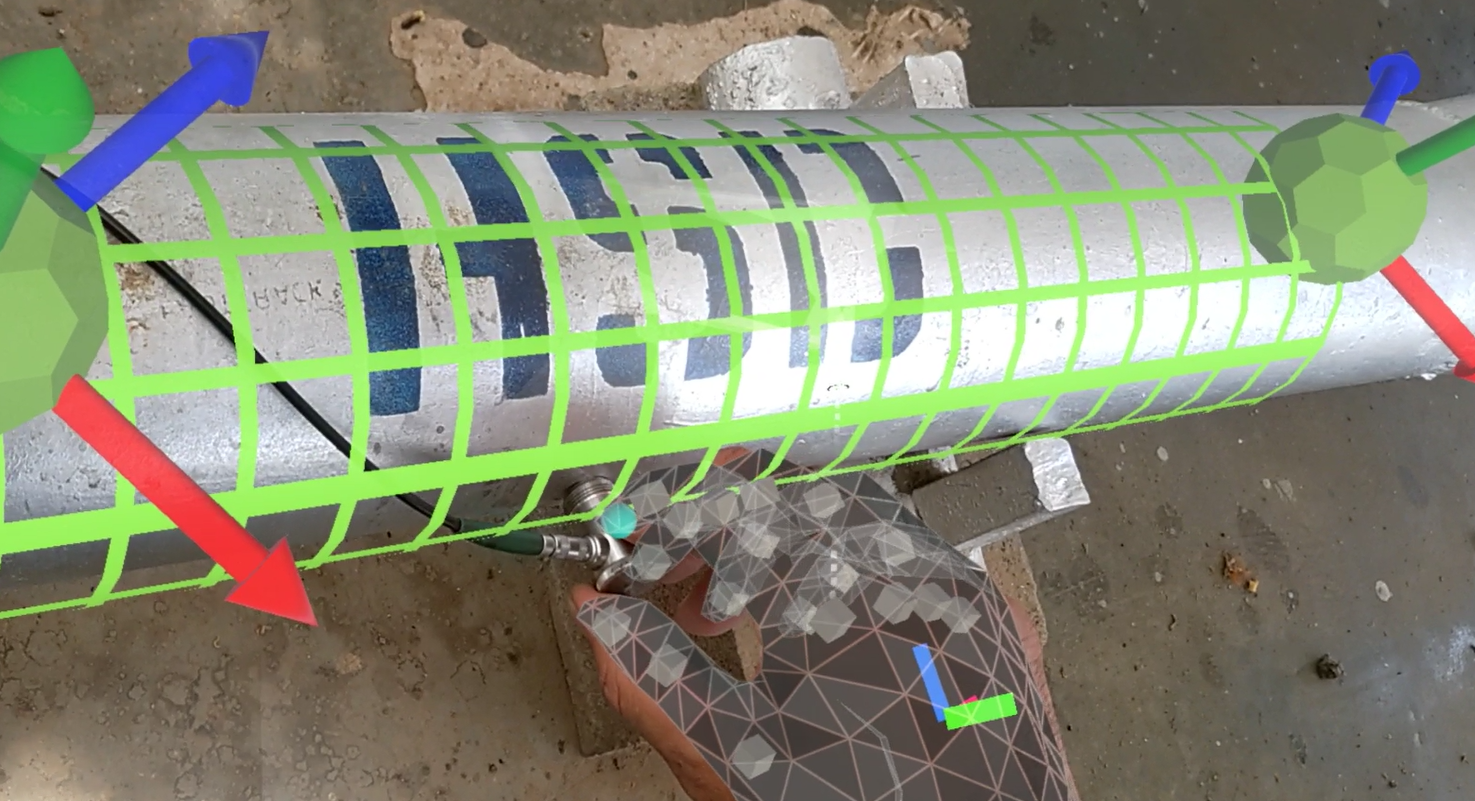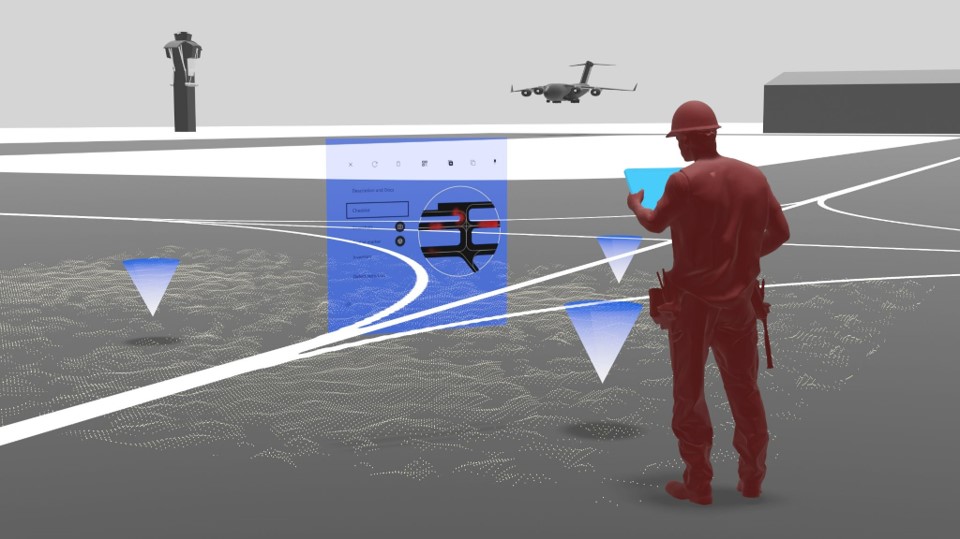The U.S. Department of Defense is getting deeper into Augmented Reality
.png)
Introduction
As we continue monitoring the SBIR program, the funding track where small businesses receive research projects from various branches of the US government, we saw another request for an Augmented Reality (AR) system titled AF241-D017: AR Enhanced Corrosion Control Systems. The maximum value of the project is $1.8M for the term of performance of up to 24 months.
What solution is requested
Air Force is asking to integrate the interface of nondestructive testing (NDT) sensors into the AR headset. Equipment for measuring paint thickness (UT probes) or flaws in conductive materials (eddy current sensors) has its own screens which are enough to use for the job. However, productivity could be greatly enhanced if technicians could see the measurement result also via the AR interface.

This is what the Air Force is requesting exactly:
"Contractor will integrate a minimum of three Corrosion Control systems with a single AR platform, tag scan data in 3D space to a particular tail number, enable features by user type (maintainer, supervisor, etc.), and toggle through results without rebooting or reorienting the system."
.png)
The Navy is also asking for XR development in the same SBIR cycle.
Why is this better?
An integrated system shall simplify data export greatly and allow for better data aggregation. No longer do measurements need to be saved in the maintenance management system manually. Instead, they could be recorded and tagged to a specific tail number in real time automatically. This will allow the accumulation of a consistent dataset of historical measurements that would simplify access to this data when needed in subsequent inspections. Having standardized data across various airframes, locations, and missions shall enable deeper route cause analysis that may uncover unfamiliar trends.
The RFP claims
"...Aircraft maintainers estimate an AR-integrated Paint Scanning system would increase aircraft maintenance production efficiency by 15-25%... The NDI Eddy Current integrated system is estimated to deliver a 15-25% increase in efficiency, 10% or more improvement in detection accuracy, 10% or more improvement in end-user safety, and cost savings."
This specialized extension could become a great addition to the comprehensive inspection toolkit that is made possible due to spatial awareness of the AR headsets.
Complimentary capabilities
AR headset is much more than just another screen of the measurement device. Via AR interface:
- Technicians can access not only historical data but also reference documentation such as tolerance limits or acceptance criteria for the inspected part.
- The operator could be visually guided to the spots where measurements need to be performed in the first place.

More on the generic capabilities of AR in our overview article.
Why does this matter in 2024?
The reason why it is exciting to see this kind of request in 2024 is that it signals that AR is advancing beyond traditional remote assistance and work instruction cases. Industrial AR was in the works for many years with dozens and dozens of companies pitching the same story about 3D visualization, step-by-step guides, and video calls.
There were more than 900 topics for Augmented Reality ever requested via the SBIR program to date. While we don't know what developments were successful, the request to integrate a "Commercial-Off-the-Shelf Augmented Reality headset" with NDT equipment makes us think that the Air Force has finally proven those basic use cases and started expanding AR technology into more and more processes across the shop floor.
Integration in itself is a much easier task than finding what to integrate. Spiral was writing about displaying the results of the ultrasonic testing equipment in AR headsets more than a year ago. We are glad to see that the industry is reaching the same conclusions over time.
How Apple Vision Pro that entered the market in 2024 will impact this development remains to be seen.
.png)
.svg)

.svg)





.png)
.png)
.png)
.png)
.png)
